The roof is a critical part of any building, providing protection and insulation against the elements while also contributing to the overall aesthetic appeal of the structure. However, even the most well-built roofs can become damaged over time, and it can be difficult to decide whether to repair or replace them.
When faced with this decision, it’s essential to consider factors such as the age of the roof, the extent of the damage, the energy efficiency of the building, the type of roofing materials used, and future plans for the property. Consulting with a professional roofing company in Houston can help property owners make the best decision for their specific needs and budget.
Age of the Roof: How It Affects the Decision to Repair or Replace
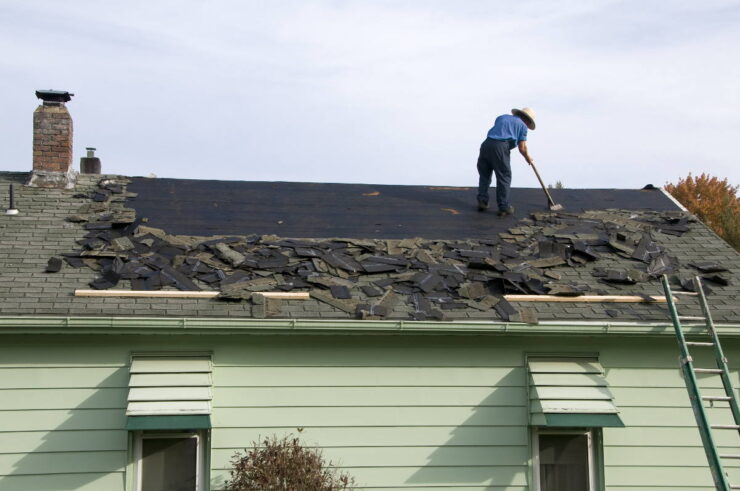
The age of the top is one of the most critical factors to consider when deciding whether to repair or replace it. Over time, all ceilings will eventually wear out and begin to develop problems. The lifespan of a roof can vary widely depending on several factors, including the type of roofing materials used, the quality of the installation, and the climate in which the building is located.
For example, asphalt shingle tops typically last between 20 and 25 years, while metal and tile roofs can last 50 years or more. If your ceiling is approaching the end of its expected lifespan and has significant damage, it may be more cost-effective to replace it rather than invest in costly repairs that may only provide temporary relief.
Age is not the only consideration when determining whether an awning needs to be replaced, but it is an important one. A professional roofing contractor can evaluate the condition of your top and recommend the best course of action based on your specific situation.
The extent of Damage
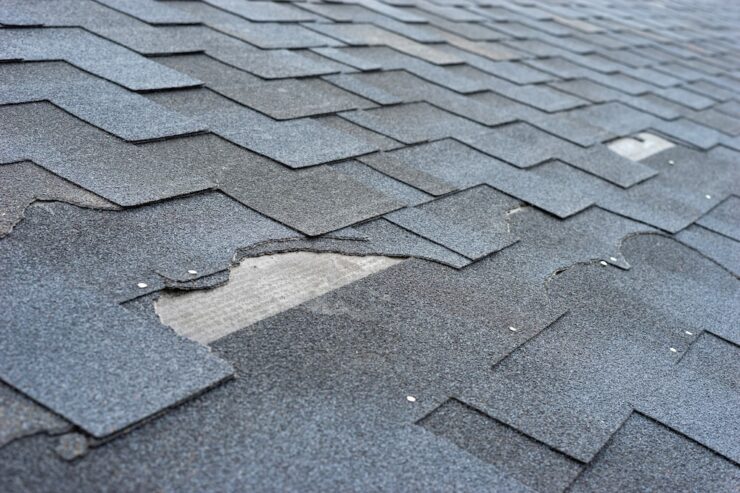
Another critical factor to consider when deciding whether to repair or replace your top is the extent of the damage. While minor issues such as a few missing shingles or a small leak can often be repaired, more severe damage may require a full replacement of the ceiling.
Widespread leaks, significant structural damage, or damage that affects a large area of the roof are indications that a replacement may be necessary. While repairs can provide a temporary solution, if the underlying issues are not addressed, the problems will only continue to worsen over time, leading to more significant and costlier repairs down the road.
A qualified roofing contractor can identify any underlying issues that may be contributing to the damage and provide recommendations for the most effective and cost-efficient solution. In some cases, a top replacement may be the better choice, even if it may seem more expensive initially, as it can provide long-term benefits such as improved energy efficiency, greater durability, and reduced maintenance costs.
Energy Efficiency: Why It’s Important When Considering Roof Repair or Replacement
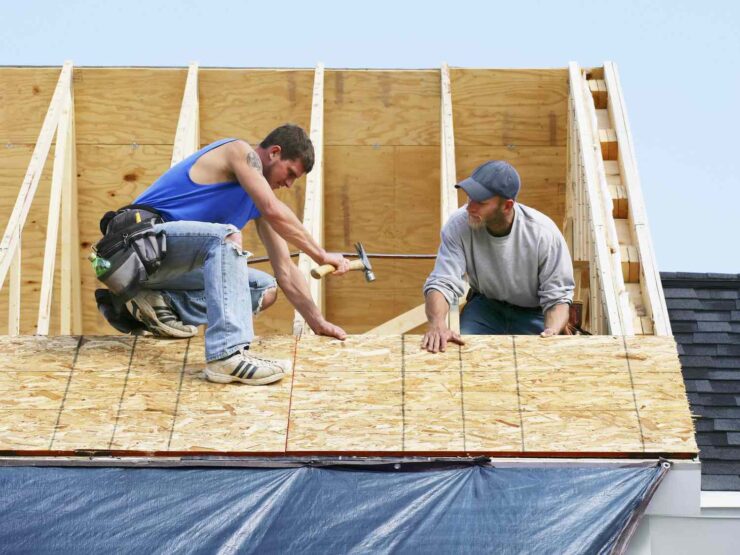
Energy efficiency is a crucial factor to consider when deciding whether to repair or replace your roof. The ceilings play a significant role in regulating the temperature and airflow of a building, and as such, it can have a significant impact on energy consumption and costs.
If your top is old or damaged, it may not be providing adequate insulation, resulting in higher heating and cooling costs. In addition, some roofing materials, such as metal or reflective coatings, can help reduce heat absorption and improve energy efficiency, resulting in lower utility bills and a more comfortable indoor environment.
When considering energy efficiency, it’s essential to evaluate your current ceiling insulation and ventilation systems to determine if any upgrades or repairs are necessary.
Investing in an energy-efficient ceiling can provide long-term cost savings and environmental benefits while also enhancing the overall comfort and functionality of your building. Therefore, it’s essential to consider energy efficiency when deciding whether to repair or replace your awning.
Roofing Materials
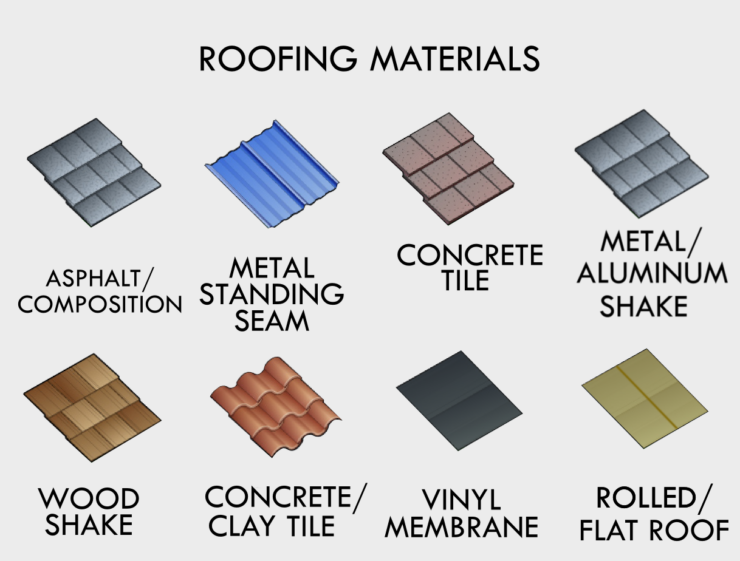
The type of roofing material used on your ceiling is another critical factor to consider when deciding whether to repair or replace it. Different materials have different lifespans and durability, and some may be more expensive to repair than others.
For example, asphalt shingle roofs are the most common type of roofing material in the United States, and they typically have a lifespan of 20 to 25 years. However, they are also more susceptible to damage from severe weather conditions such as hail or high winds. In contrast, metal roofing is more durable and can last 50 years or more, but it may require more significant upfront costs for installation.
When determining whether to repair or replace your top, it’s essential to evaluate the cost of repairs versus the cost of replacement. In some cases, it may be more cost-effective to replace the top rather than investing in costly repairs that may only provide temporary relief.
It’s also important to consider any future plans you may have for the property. For example, if you plan to sell your property in the near future, investing in a more durable and visually appealing roofing material may increase the property’s value and appeal to potential buyers. By considering the cost, durability, and visual appeal of different roofing materials, you can make an informed decision on whether to repair or replace your roof.
Future Plans
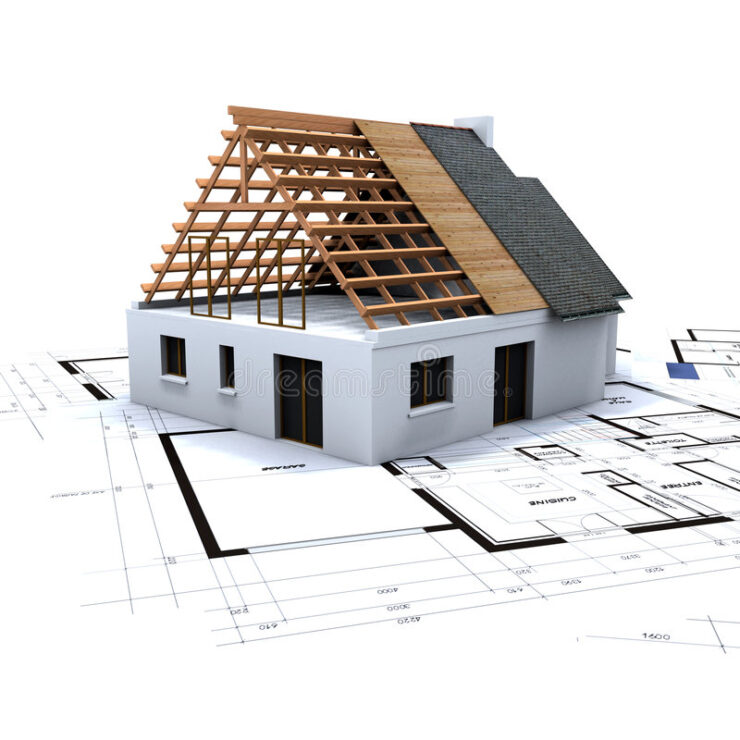
When deciding whether to repair or replace your roof, it’s essential to consider any future plans you may have for the property. For example, if you plan to sell your property in the near future, investing in a new top may increase the property’s value and make it more appealing to potential buyers.
Similarly, if you plan to keep the property for the long term, investing in a more durable and energy-efficient roof may provide long-term cost savings and environmental benefits while enhancing the overall comfort and functionality of the building.
Additionally, future plans such as adding an extension to the property or installing solar panels may require modifications to the ceiling. If these plans are in the near future, it may be more cost-effective to replace the top now rather than investing in costly repairs that may need to be undone later.
By considering any future modifications or plans you have for the property, you can ensure that your roofing investment aligns with your long-term goals and provides the best value for your money.
Making the Best Decision
In conclusion, deciding whether to repair or replace your canopy can be a difficult decision, but by considering the age of your awning, the extent of damage, energy efficiency, roofing materials, and your future plans, you can make an informed decision that provides the best value for your money and meets your long-term goals.
Looking for solar panel installers? Our knowledgeable staff is standing by to assist you! Contact us today to learn more about our cost-effective and time-saving solutions.
Whether you choose to repair or replace your top, investing in a high-quality ceiling can provide long-term benefits, including improved energy efficiency, increased property value, and enhanced functionality.
Ultimately, the decision to repair or replace your ceiling should be based on a careful evaluation of your needs and budget, as well as your long-term goals for the property. By taking the time to consider all the factors involved, you can ensure that you make the best decision for your top and enjoy a safe, comfortable, and functional property for years to come.
